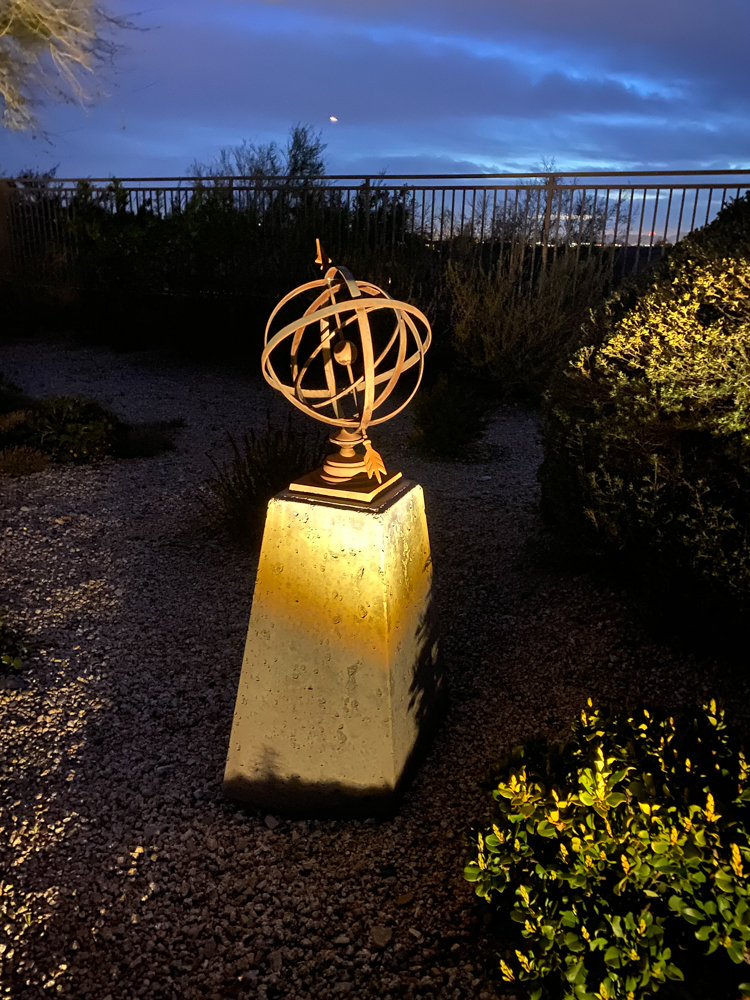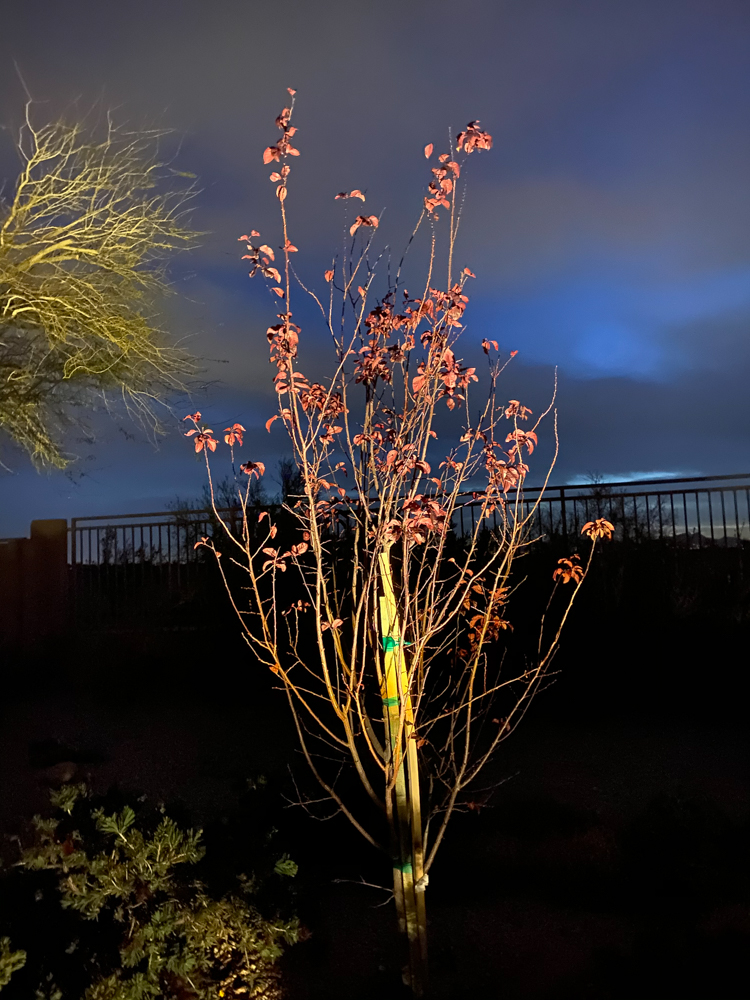A modicum of care does the trick.
Night Mode is one of those brilliant enhancements in the iPhone 11 which obsoletes every ‘serious’ camera on the market.
Those 8 billion plus transistors in the iPhone’s A13 chip are put hard to work taking multiple images and then stitch together the best bits for a stunningly good result. And the device’s outstanding HDR technology makes sure that the dynamic range is constrained to what the technology can handle. No highlights are burned out.
Still, a modicum of care will be repaid with the best possible images. If you use the iPhone’s default Camera app, Night Mode is automatically invoked when needed. You cannot force it ‘on’.
When Night Mode is active a yellow flag appears at the top left of the iPhone’s display and the image ‘seen’ at the time of exposure remains frozen on the screen. When processing is complete some three seconds later – and you are warned to keep the camera still – a second image appears on the display showing what was recorded. If you notice a significant shift between the locations of objects in the second image compared with the first then it’s more than likely that the result will be blurred. I obviate this problem by using a monopod, which eliminates vertical motion which is the real killer here. I don’t bother with any attachment device, simply holding the iPhone tightly against the top of the monopod. The results are peerless, as these two images from the garden at night illustrate. The extreme dynamic range will only embarrass your DSLR or mirrorless monster. Don’t bother. Get an iPhone 11 – these are SOOC, naturally:

